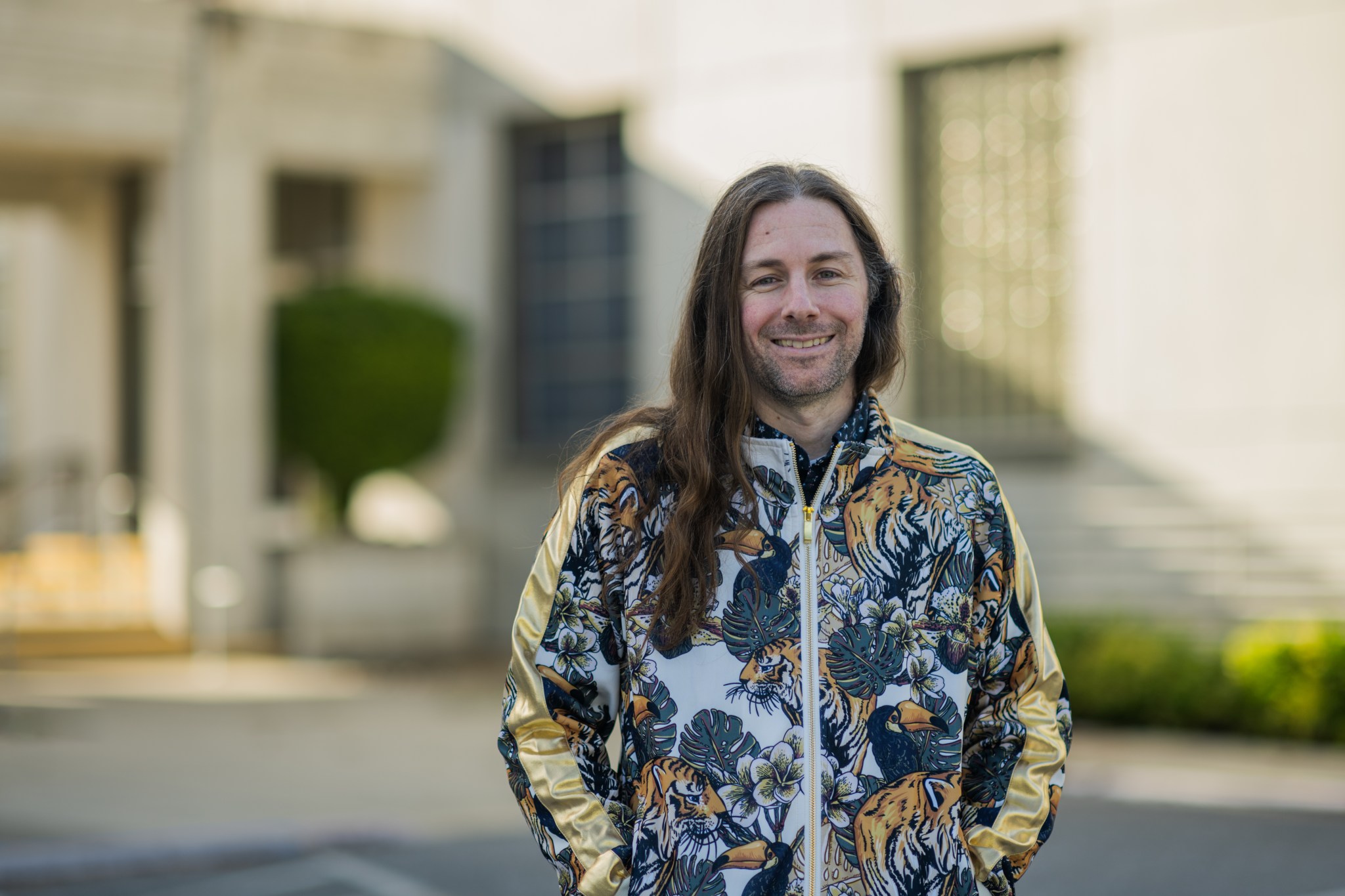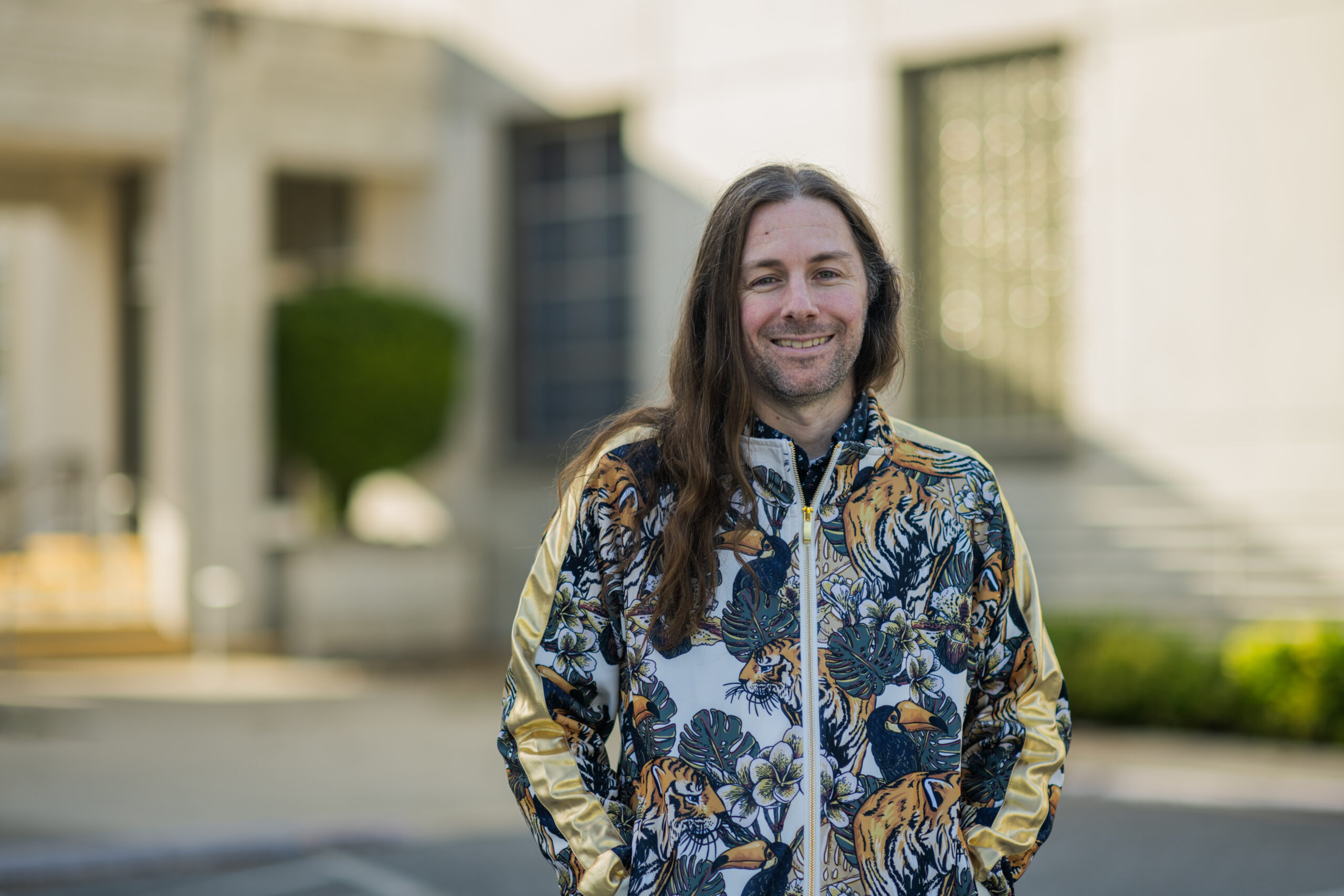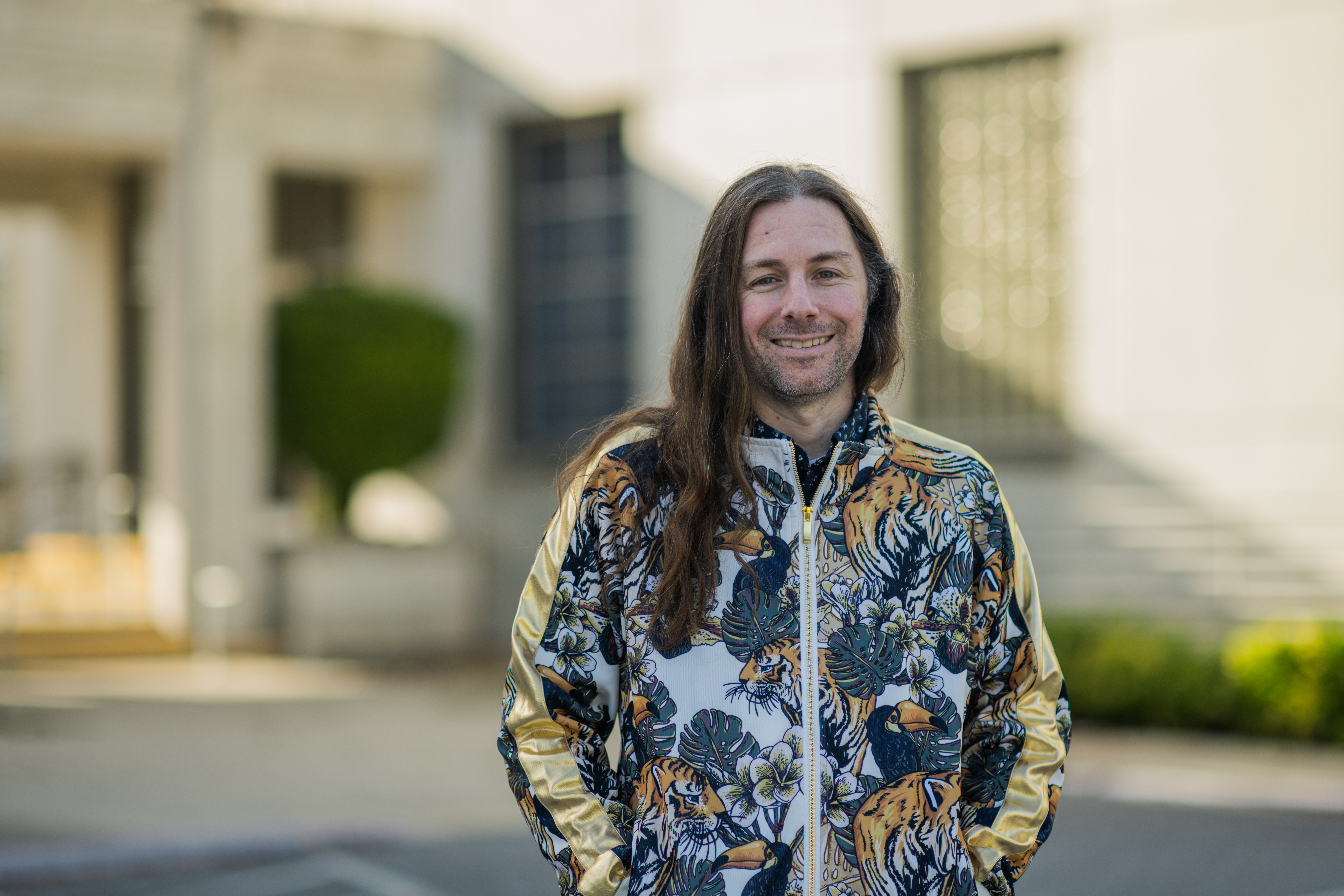 “I graduated in 2008, so that job market was not super great, and I ended up with this very unusual job working for this guy who thought that he had some new theory of physics that he wanted to work on. And so I was responsible for creating little computer simulations, trying to resemble some version of his ideas. His whole thing was like a quasi-spiritual tool, looking toward science as a rationalization of different spiritual beliefs that he had about a collective consciousness and the interconnectedness of things.
“I graduated in 2008, so that job market was not super great, and I ended up with this very unusual job working for this guy who thought that he had some new theory of physics that he wanted to work on. And so I was responsible for creating little computer simulations, trying to resemble some version of his ideas. His whole thing was like a quasi-spiritual tool, looking toward science as a rationalization of different spiritual beliefs that he had about a collective consciousness and the interconnectedness of things.
“As I worked for him longer and met a bunch of other people who were trying to put various spiritual beliefs on scientific footing, I got interested [and thought] maybe this could be studied as a cultural thing. What’s going on here with the desire to scientifically explain spiritual beliefs that they have? What’s the dynamic going on there? That’s what led me into eventually going to grad school for anthropology. I studied the way that science gets conceptualized and interpreted to rationalize spiritual and religious beliefs.
“I had this sort of unconventional trajectory [to NASA]. I didn’t really set a target on something to pursue it. The other thing that might be surprising is that I’ve been insecure about it at every single stage. You know, there’s the whole impostor syndrome thing, and I didn’t feel like I was qualified to be here because I didn’t have some sort of traditional path or because my educational background looks different than that of most of my colleagues. But I’m now at a place where I’ve come to understand that’s true for everyone.”
– Garrett Sadler, Human Factors Researcher, NASA’s Ames Research Center
Image Credit: NASA/Bradon Torres
Interviewer: NASA/Tahira Allen


